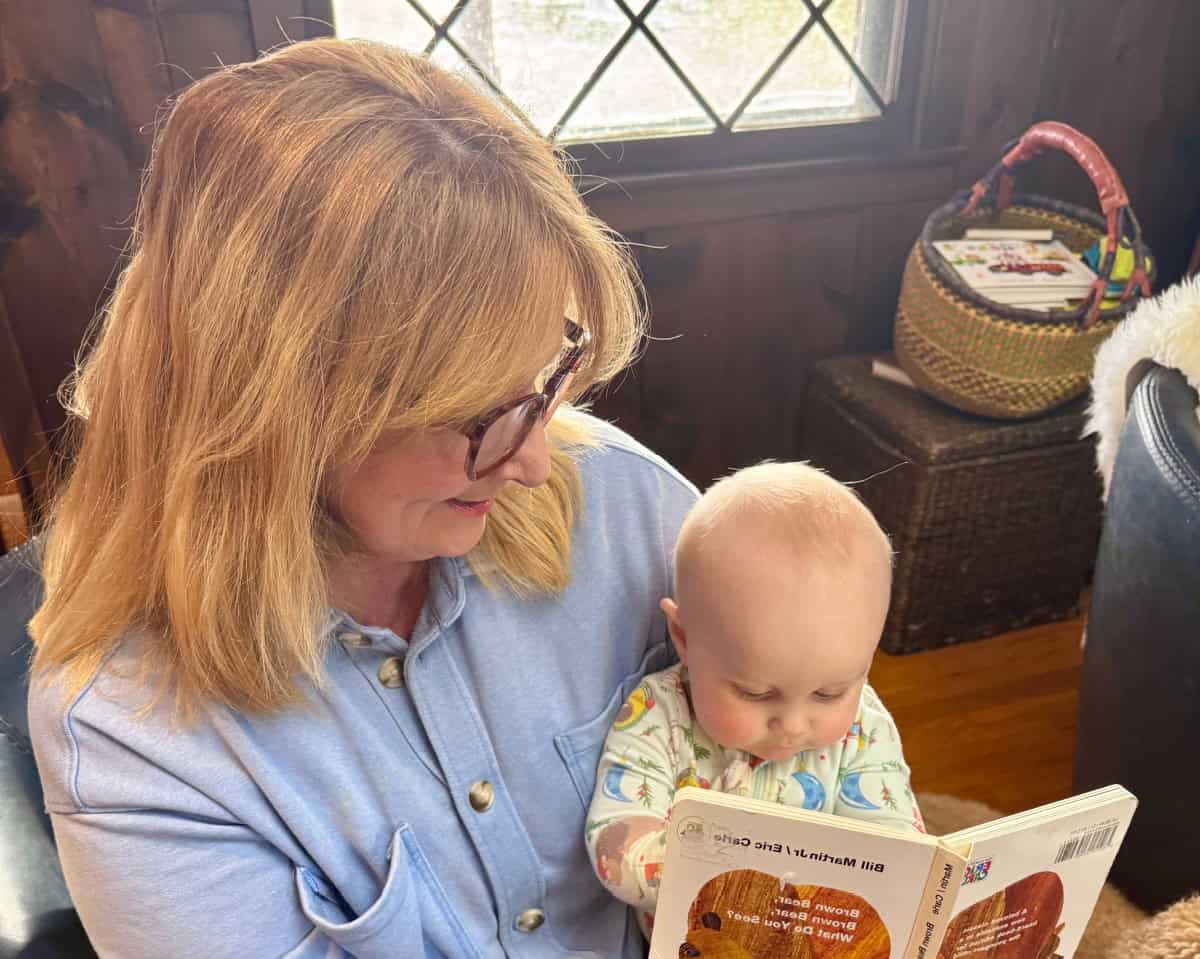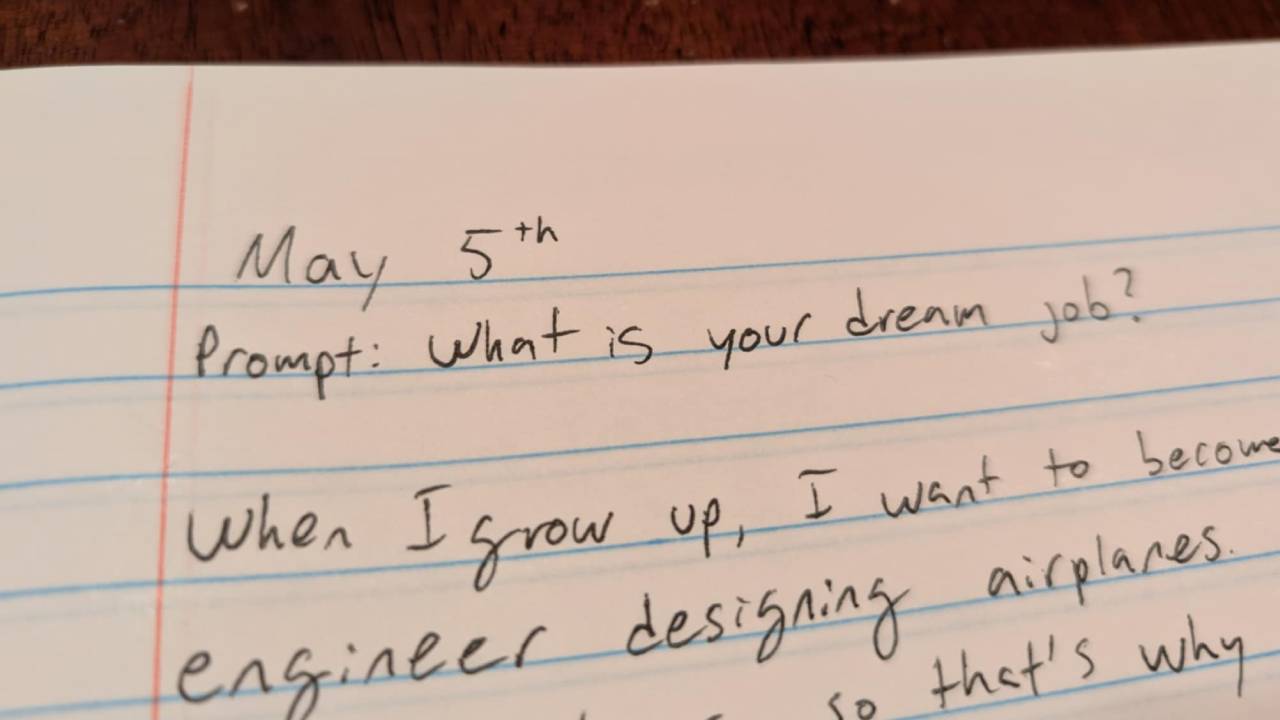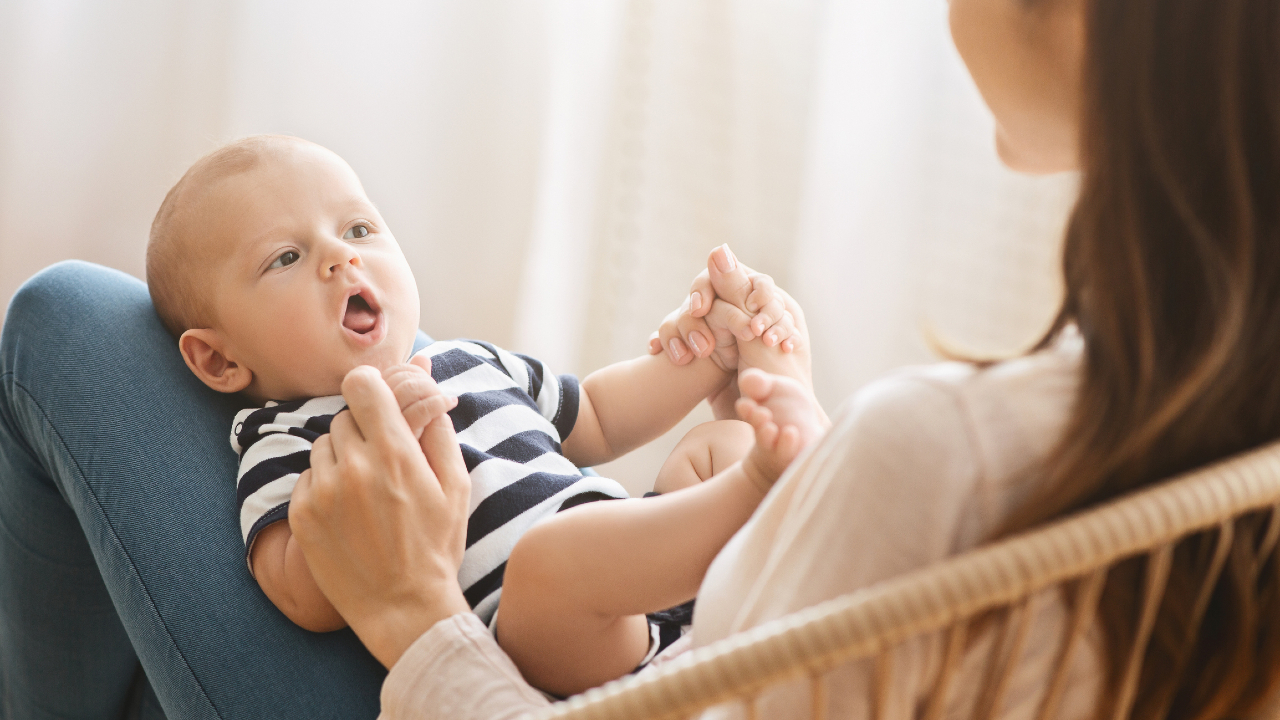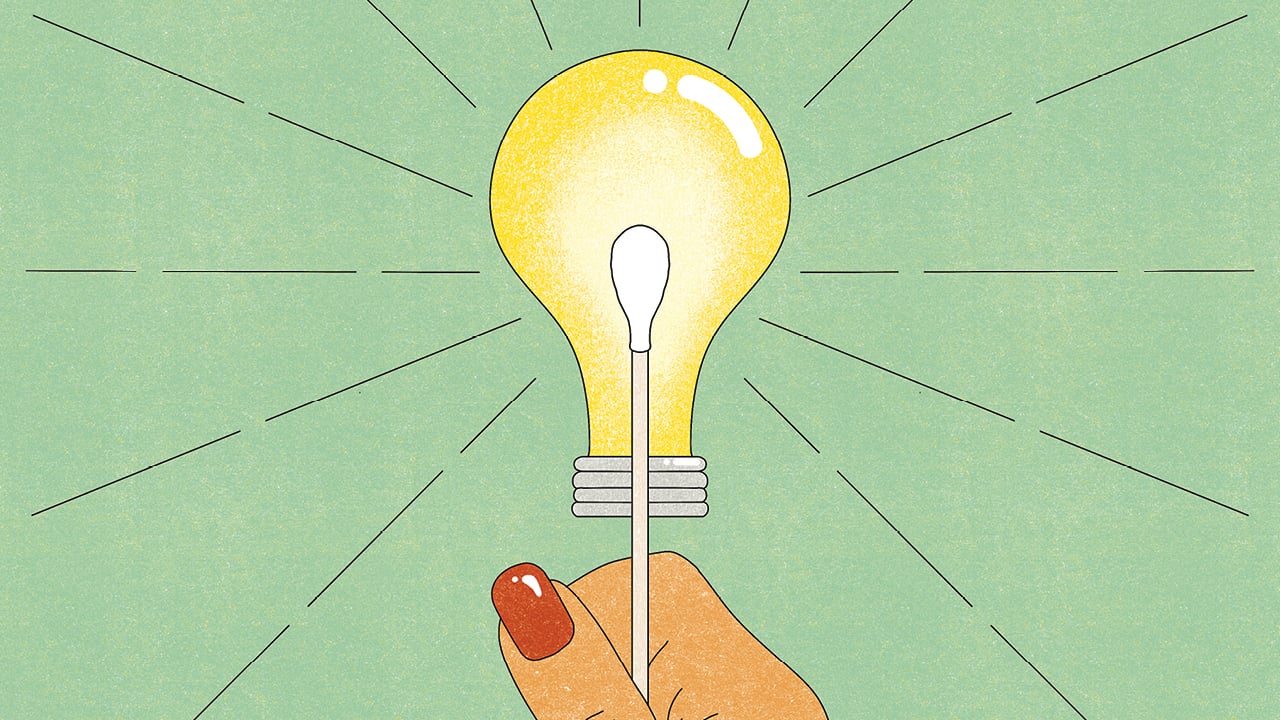I’ve been actively teaching my little one about consent since she was five months old. Penny* may not be able to verbalise “no” or “stop” just yet, but she is definitely communicating with us through her babbles, tone and gestures.
I am a survivor of trauma, child abuse and rape, and I believe that a lot of the pain I endured could have been avoided had I been taught about consent as a kid. Thankfully, with the therapy I’ve received over the last decade, my mental health has never been stronger. And my efforts are now focused on my thirteen-month-old.
What is consent?
Consent isn’t just about physical or sexual activities; it pertains to the whole self: mind, body and spirit. Ultimately, it’s about one’s autonomy—feeling comfortable and confident in making choices that aren’t influenced by external pressures.
For instance, at Penny’s daycare, a caregiver used to clean Penny’s face with a paper towel after a meal. That’s how she cleaned all the children, but it was obvious Penny didn’t like it—I could see her grimacing and pushing the caregiver’s hands away on the daycare cameras. It was her way of saying no.
It’s important to me that I support and respect my child’s wishes, not diminish them for the sake of ‘keeping the peace’ the way I was raised. So I mustered up the courage to ask the caregiver to use a soft cloth we provided instead. Penny was much happier and no longer had issues with meal time and washing up.
Whenever it’s safe to do so, respecting a child’s ability to make their own decisions helps celebrate their growing independence, says Caron Irwin, a child development expert and parenting coach in Toronto, and founder of Roo Family. And once these skills become second nature, they can easily be adapted to other situations and experiences as they grow. My hope is that as Penny gets older, she has the confidence to stand up for herself and say “no” without hesitation.
Get attuned to their cues
Once we started using sign language with Penny, we began paying closer attention to her non-verbal cues. Before we changed her diaper, wiped her nose, changed her clothes or even went in for a cuddle, we would communicate to her what was about to happen. If Penny showed any signs of hesitation— tensing up, turning her head away/looking away, fussing, screaming, crying, yelping/shouting and pushing us or an object away—that was her way of communicating that she wasn’t ready. Conversely, if she looked alert, made eye contact and smiled, she was expressing her consent. Being more attuned to these types of gestures has helped us to navigate many day-to-day situations, and helped to foster mutual respect, trust and safety between all family members. And it emphasises to kids that their feelings matter.
Irwin explains that as early as six months, babies can grasp the concept of cause and effect. “They can make connections and understand the impact an action has,” she says. She adds that while children may not understand everything you’re saying yet, pairing words with gestures can help get your point across. “Communicate consent through physical gestures and label these actions with words so you can help connect the dots. The key is to be consistent.”
A few weeks ago, Penny suddenly became terrified during bath time. When it was time to rinse off, she stood up and frantically clawed at me to be picked up. I figured out that some of the soap suds had previously trickled into her eyes and she now associated this discomfort with the last step of bath time. So the next time, I changed the cause as well as the effect. I diluted the baby shampoo with water and foamed it on top of her head. When it was time to rinse off, I signed and said “OK, It’s time to rinse off now.” She showed fear, but I added in a tactic we learned from her swim class. “Babe…are you ready?” I asked, with a happy tone. Penny looked curious and made eye contact and was no longer fearful so I continued. “Go!” Then, I gently poured warm water with my hand over her hair and face. I repeated this three times. The change was incredible. Not only was she more comfortable, but she consented for us to clean her off this way from then on and prepared herself by closing her eyes and tilting her head back.
Know that it won’t always be perfect
As committed as I am to getting consent, when it comes to a baby’s safety, there obviously isn’t room for negotiation.
But you can still try to manage the situation within the framework of consent, says Irwin. For example, if you were to ask, “Would you like to get into the car seat?” the answer will most likely be no. Instead, you could try saying: “We’re going for a drive! Would you like to fly into your seat like a pilot or rocketship down like an astronaut?” Irwin says that providing options still allows the child to make an informed decision rather than feeling forced to do something. And you’re doing your job as a parent to protect them while they’re sitting in a moving vehicle.
Of course, there will be days when your babe will flat-out refuse any and all options. If there is endless pushback, Irwin recommends following a script along these lines:
“Sorry sweetie, that’s not one of the options. We need to have your seatbelt on for your safety, so I will choose for you this time and on the ride back home, you can choose how you’d like to get into your seat.”
Don’t let family members derail your focus
Managing these expectations outside of your immediate family can be tricky but it’s important to prioritise your little one’s needs. If they don’t feel like hugging grandma and grandpa, for example, you can offer them an opportunity to express themselves in other ways. Try presenting another option: “It’s time to say goodbye to granny and pops. Would you like to give them a hug or a wave?”
Kids should, of course, be kind and show thanks for spending time together, but parents need to shift the expectation that the form of appreciation should always be a physical one.
I know Penny is sensitive and she’s in a particularly clingy stage. But I also know her extended family members are longing for a hug or kiss at the end of a visit. I don’t want to put her in an uncomfortable position so I always take the lead and ask her if she wants to wave or receive a kiss on the head. Then, I move her closer to the person. If she starts to yell, fuss or turn her body towards me, I take that as my cue to say, “OK mom and dad, please just give her a wave goodbye please.” Doing this each and every time might feel repetitive but Irwin says it’s necessary. “Children thrive on routine and in doing this, they will ultimately feel safe and comfortable to express themselves now and in future situations.”
Model consent through everyday activities
Demonstrate how consent looks and feels like through activities children are familiar with. With our baby present, we’ve modelled what respectful consent looks like between us as mommy and daddy. For example, since I often have anxiety about going out, my husband is thoughtful about asking me if I want to join him for social gatherings. Although tries to gently encourage me to go, the moment I firmly tell him no, he respects my wishes and won’t say anything else on the matter. Penny may not be talking yet, but she is definitely observing these kinds of interactions and learning what a healthy way of expressing yourself looks and feels like.
It’s a lifelong journey for everyone
Because of my history with sexual assault, helping my daughter navigate daily situations involving consent is still triggering at times. I sometimes experience traumatic flashbacks and I know I would have benefited from conversations about consent as I was growing up. It’s a life skill that would have taught me how I could love myself, value my self-worth and ultimately hold onto my beliefs instead of being controlled and pushed around by others. Today, it can still be an uphill battle because I know sometimes others judge. They’ll make comments like, “She’s just a baby, what does she know?” But all my efforts are having a positive effect: It’s helping to guide my daughter and shape her into a strong and confident person who will never be afraid to say “no.”
*Name has been changed.

 PARENTING TIPS
PARENTING TIPS







 PREGNANCY
PREGNANCY








 BABY CARE
BABY CARE








 TODDLERS
TODDLERS








 TEENS
TEENS








 HEALTH CARE
HEALTH CARE






 ACTIVITIES & CRAFTS
ACTIVITIES & CRAFTS








 CONTACT
CONTACT ABOUT
ABOUT



